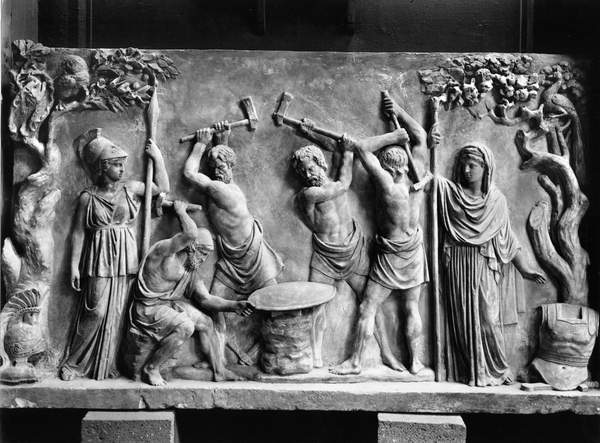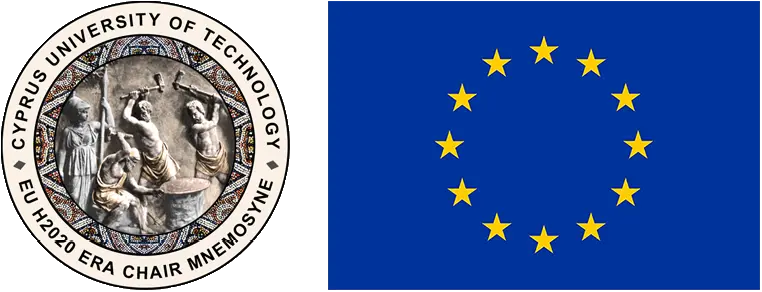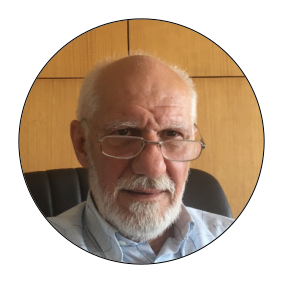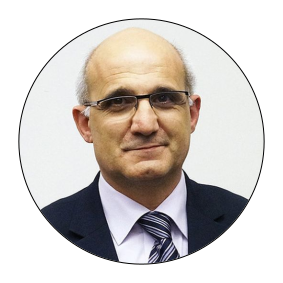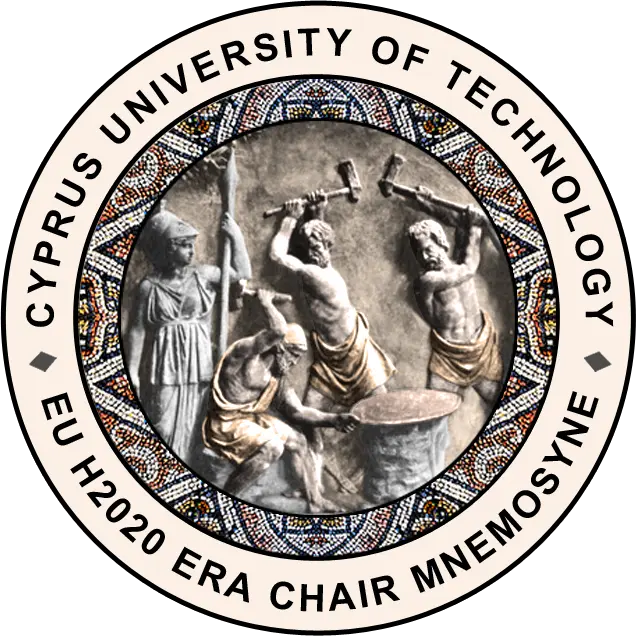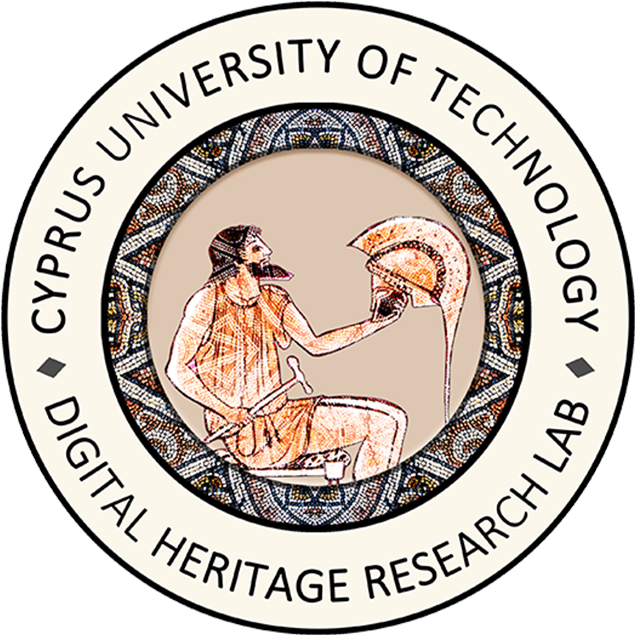About Us
Mnemosyne is a project for a single-stage Coordination and Support Action submitted under WIDESPREAD-03-2017-ERA Chairs. Context Cultural Heritage is a strategic resource for Europe with high cultural, social, environmental and economic value. The era of Digital Cultural Heritage (DCH) is now well underway and the European research resource for DCH has grown significantly in recent years.
Cultural Heritage has a strategic resource for growth, job creation and a role to play for more cohesive and sustainable regions in the EU. The Digital Heritage Research Laboratory (DHRLab) at Cyprus University of Technology became a beacon in the Eastern Mediterranean and Europe through several key initiatives in DCH research training, innovation and policy coordination. MNEMOSYNE, will implement a research agenda, run a new Master Course focused on holistic DCH documentation and create a center of excellence on DCH by 2024.
An overview of our collaborative work with DARIAH-EU, CLARIN-ERICs and Erasmus+ ARTEST Project, concerning Masters courses in the DCH domain is available here: http://dch-courses.eu
Our Mission
The Mnemosyne project under the leadership of the ERA Chair holder in Digital Cultural Heritage, has been designed to implement a high-quality three-phase research programme centred on the holistic documentation of the DCH lifecycle in support of existing and potential user needs.
This project will run over a 5-year period and critically engage with a series of complex case studies of both moveable and immovable heritage.
The research topic ‘pipelines’ under consideration includes:
- DCH data acquisition,
- DCH data processing,
- DCH data modelling,
- DCH knowledge management (interpretation),
- DCH preservation,
- DCH use and re-use.
Within the framework of this project, a Centre of Excellence in Digital Cultural Heritage will be created. Communication activities have been strategically planned and refined from the outset of the work and will last throughout the project duration. This includes seminars, the development and implementation of an e-learning Master’s course in Cultural Informatics and the development of an inter-sectorial and multi-disciplinary network of collaborative associations with other research and academic institutions.
Our Directors
Our Logo
Our logo takes inspiration from the Greek legends of Hephaestus (Ifestus in Greek, Ἥφαιστος in Ancient Greek), the ancient Greek god of fire, blacksmiths, metalworking, craftsmanship, and volcanoes. He was known as the divine artisan and was responsible for creating magnificent weapons, armor, and artifacts for the gods and heroes.
Who Was Hephaestus?
- He was the son of Zeus and Hera (or, in some myths, just Hera).
- He was the only Olympian god depicted as physically imperfect—he was lame, either from birth or after being thrown from Olympus.
- Despite his physical disability, he was a master craftsman with unmatched skills.
- His wife was Aphrodite (the goddess of Cyprus), although their marriage was troubled due to her affair with Ares.
What Was the Purpose of His Workshop (Lab)?
Hephaestus had a grand forge, often said to be located under volcanoes or on Mount Olympus, where he created extraordinary objects. Some of his most famous creations include:
- Zeus’ thunderbolts
- Achilles’ shield (as described in The Iliad)
- Pandora, the first woman
- Automatons (mechanical servants)
- The armor of the gods
His workshop symbolised the power of craftsmanship, invention, and the transformation of raw materials into divine artifacts. It represented both the creative and destructive power of fire.
The image used is adapted from the Greco-Roman bas-relief marble, from the Pinacoteca Capitolina, Palazzo Conservatori, Rome, Italy. It depicts Hephaestus and two cyclops working on the Shield of Achilles, watched by Athena, the Greek goddess of war, handicraft, and wisdom.
